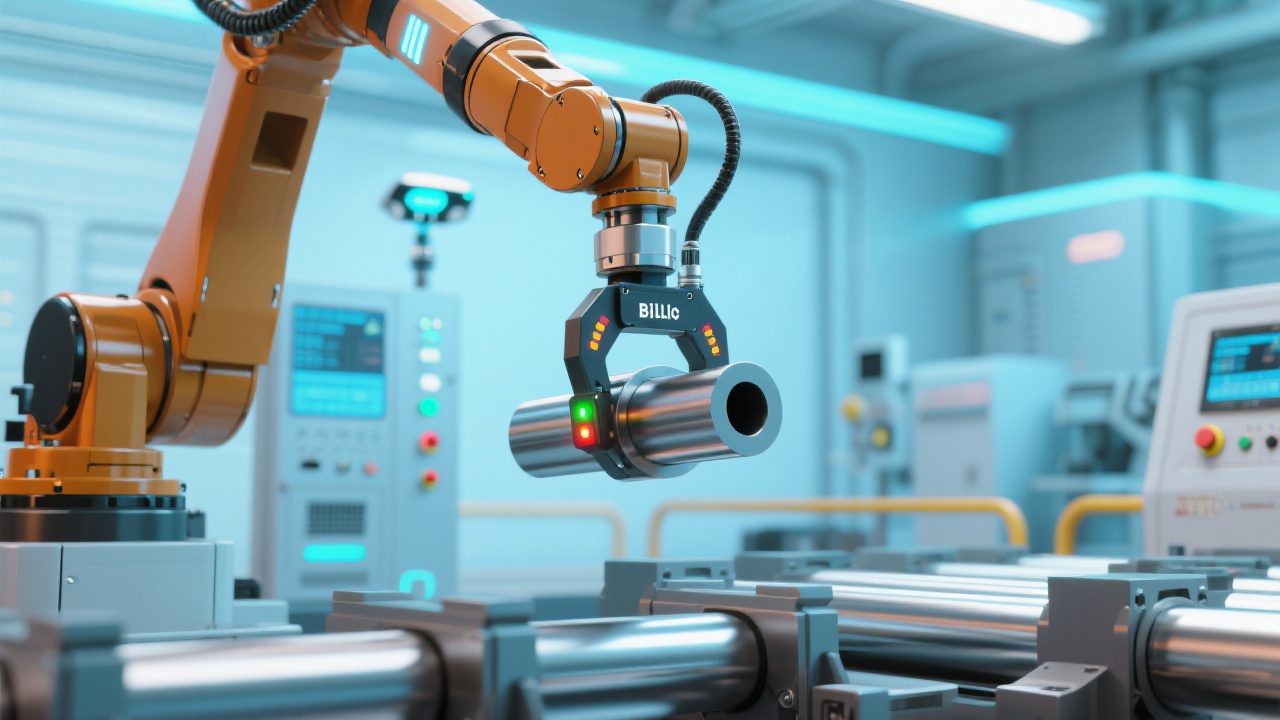
In the fast-paced world of steel production, every second counts—and so does safety. Traditional clamping tools often fail under high-stress conditions, leading to downtime, inefficiencies, and even workplace incidents. That’s where high-strength alloy steel clamps come in: engineered not just for durability, but for intelligent performance that transforms how steel is handled across industries.
These clamps are made from aerospace-grade alloy steel—typically with a tensile strength of 1,200–1,500 MPa—making them up to 40% stronger than standard carbon steel alternatives. Unlike conventional tools that degrade after 6–8 months of heavy use, these clamps maintain structural integrity for over 3 years with minimal maintenance.
| Feature | Standard Clamp | High-Strength Alloy Clamp |
|---|---|---|
| Tensile Strength (MPa) | 700–850 | 1,200–1,500 |
| Expected Lifespan | 6–8 months | 3+ years |
| Maintenance Cost/Year | $1,200–$1,800/unit | $300–$500/unit |
What sets this solution apart? It's not just the material—it's the design. The integrated lever mechanism reduces operator fatigue by 60%, while the automatic open/close function cuts loading time per plate from 45 seconds to under 20. In a facility handling 1,000 tons/day, that’s an additional 150+ plates moved daily without extra labor.
A major Chinese hot-rolling mill reported a 28% drop in crane-related downtime within three months of switching to alloy clamps. Similarly, a UAE-based steel logistics company saw a 35% reduction in equipment repair costs and improved OSHA compliance scores due to fewer manual handling errors.

The benefits extend beyond efficiency. With advanced anti-corrosion coating (tested to resist salt spray for 1,000+ hours), these clamps perform reliably in humid environments like coastal ports or cold rolling mills. This means less rust, fewer replacements, and consistent performance—even in extreme weather.
For steel manufacturers, it’s not just about moving metal—it’s about building resilience. These clamps support lean operations, reduce waste, and free up capital previously spent on repairs and downtime. More importantly, they enable teams to focus on value-added tasks rather than constant tool maintenance.

If you're managing a steel manufacturing or logistics operation, consider this: upgrading your clamping system isn't a cost—it's a strategic investment. One European steel processor estimated a 12-month ROI based on reduced labor and maintenance expenses alone.
Ready to see how this can work for your team?
Download Our Free Case Study: How Alloy Clamps Transformed a 500-Ton Daily Operation
